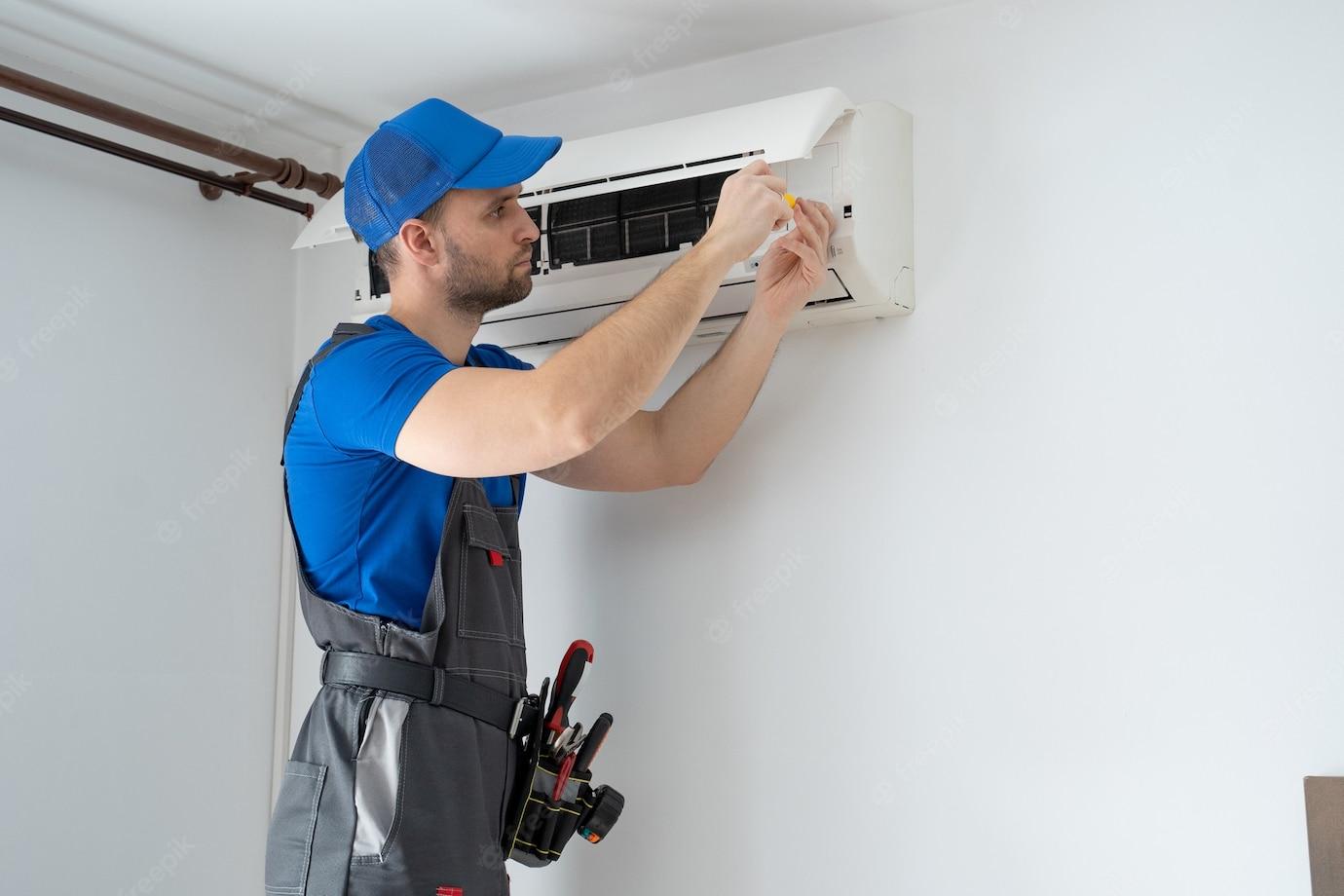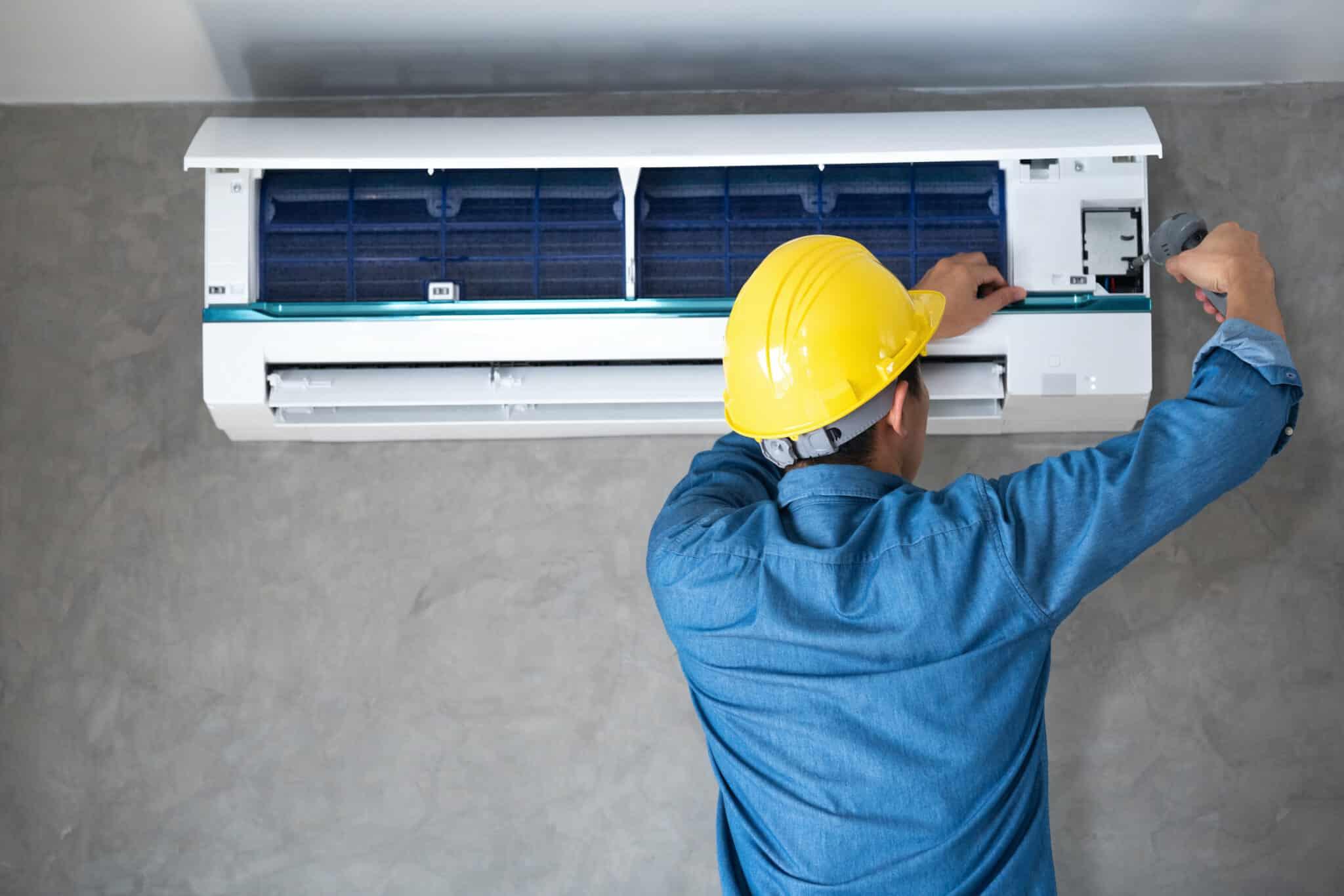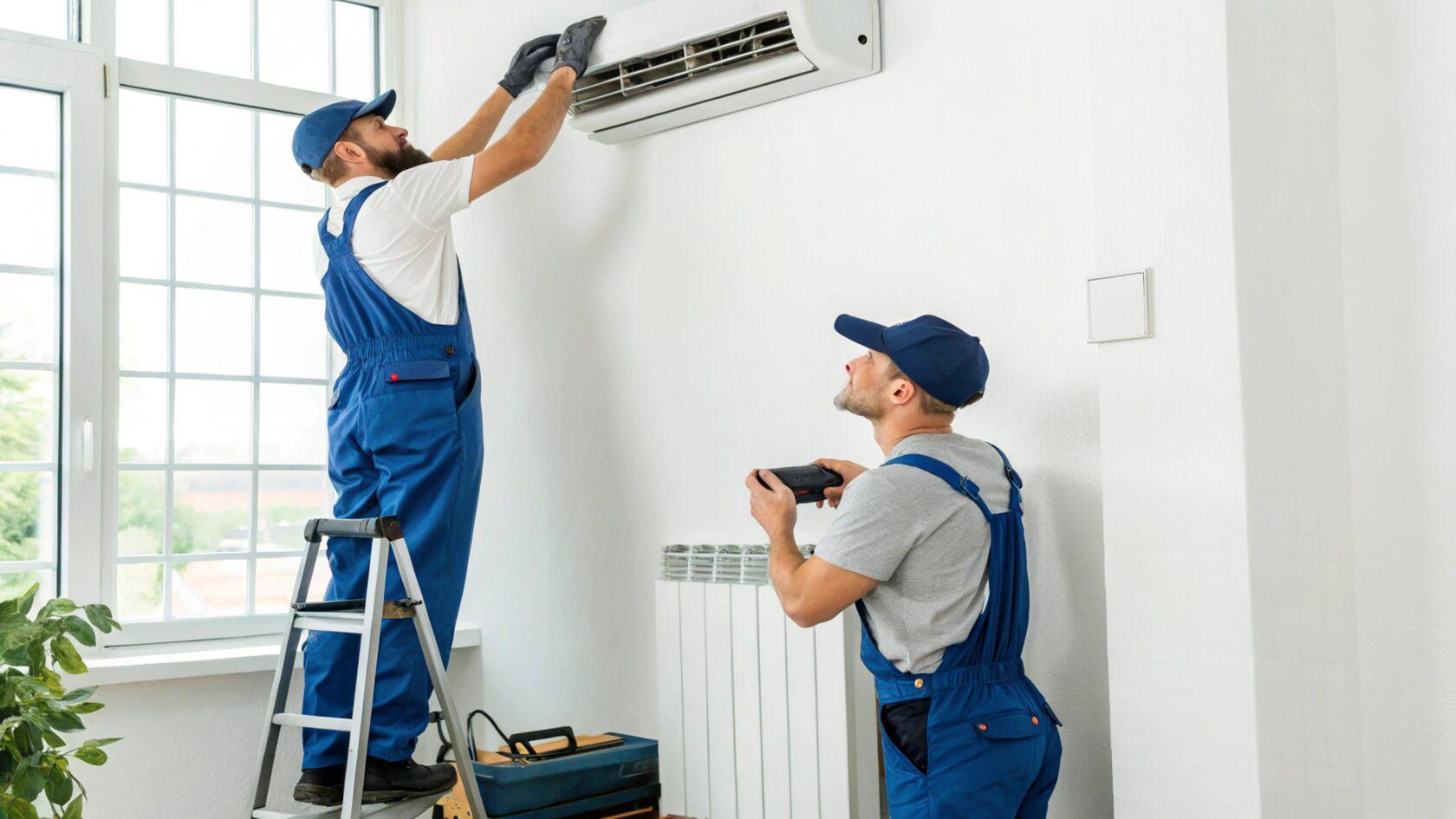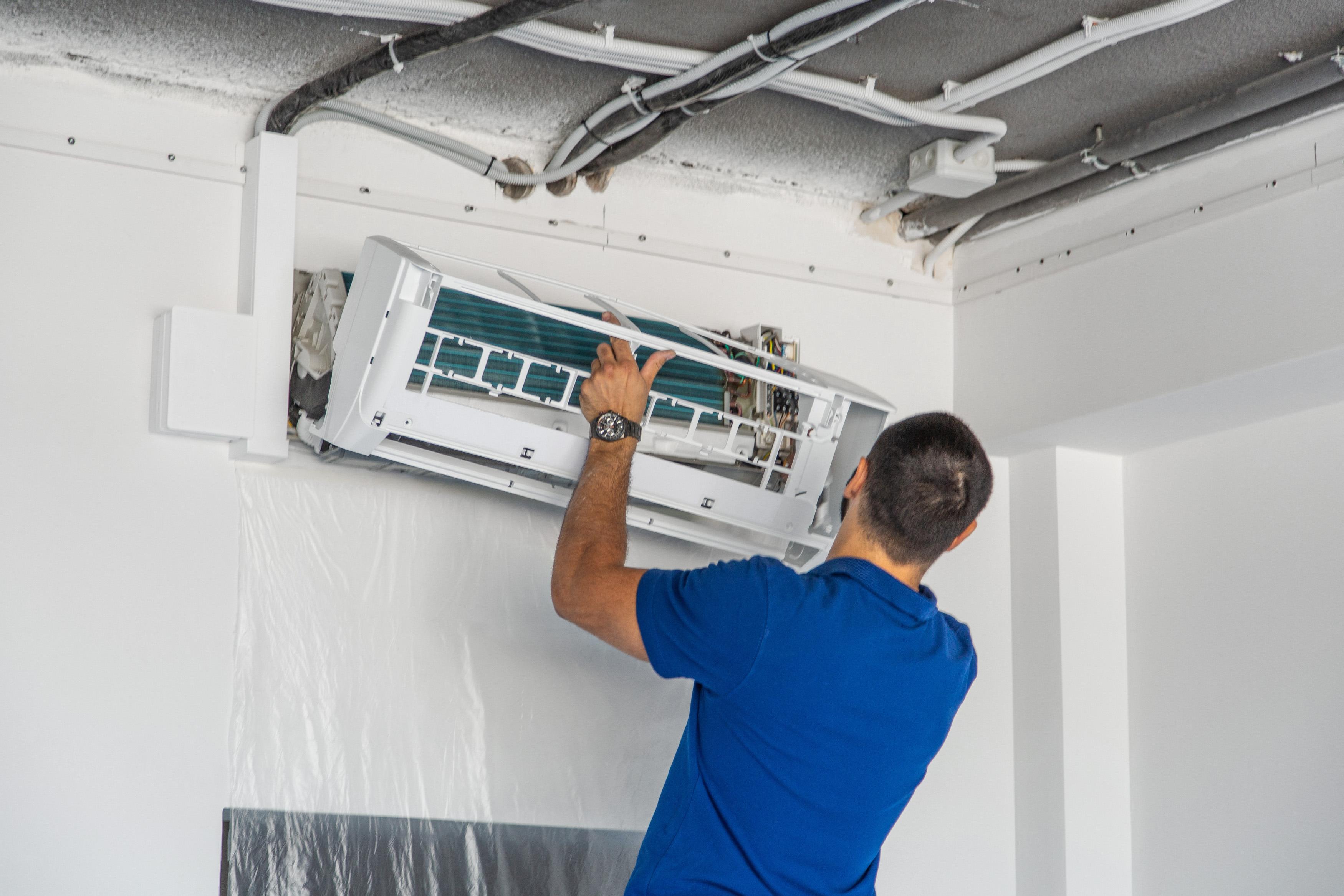
by Nisha Shukla
11.03.2025
Klexaraterm's Guide: Selecting Your Perfect Cooling System
Choosing the right cooling system is often perceived as a straightforward task, yet it frequently leads to suboptimal outcomes. Many organizations and individuals face significant challenges, ranging from persistent equipment overheating to uncomfortable working environments and exorbitant energy expenditures. The sheer variety of systems available, coupled with a lack of clear guidance, often results in decisions that fail to meet long-term operational demands or budgetary constraints. This initial misstep can cascade into a series of ongoing issues, impacting productivity, operational effectiveness, and ultimately, overall satisfaction with the installed solution.
The symptoms of an ill-suited cooling solution are often immediate and impactful. Imagine critical machinery frequently shutting down due to thermal stress, or employees struggling to concentrate and perform in excessively warm or humid conditions. These scenarios are not just minor inconveniences; they represent tangible losses in output, potential damage to valuable assets, and a significant drain on resources. Furthermore, a system that is constantly overworking to compensate for poor initial selection will inevitably consume more power, leading to inflated utility bills that could have been easily avoided with a more informed approach and careful planning.
One of the primary hurdles lies in accurately assessing the specific cooling requirements of a given space or application. Factors such as ambient temperature fluctuations, internal heat generation from equipment, and the number of occupants are often underestimated or entirely overlooked during the planning phase. Without a precise understanding of these variables, selecting a system based purely on square footage or perceived need becomes a risky gamble. This guesswork frequently results in systems that are either undersized, struggling to cope with demand, or oversized, operating inefficiently and wasting valuable energy and capital.
The market is saturated with a diverse array of cooling technologies, each with its own set of advantages and limitations. From traditional air conditioning units to advanced industrial chillers and sophisticated evaporative coolers, navigating these options can be daunting for those without specialized knowledge. Without expert guidance, distinguishing between systems that offer true long-term value and those that merely present a lower upfront cost becomes incredibly difficult. This complexity underscores the critical need for a structured and analytical approach to ensure the chosen solution truly aligns with specific operational goals and sustainability objectives.
Underlying Factors Contributing to Cooling System Mismatches
- Inadequate Technical Understanding: Many decision-makers lack a comprehensive grasp of cooling principles, such as BTU requirements, energy efficiency ratings (EER/COP), or refrigerant types. This knowledge gap often leads to reliance on superficial criteria rather than performance metrics.
- Focus on Initial Price Over Value: There's a common tendency to prioritize the lowest purchase price, neglecting the substantial long-term operating costs associated with less efficient systems. This short-sighted view can result in significantly higher total cost of ownership.
- Ignoring Environmental Specifics: Factors like local climate, humidity levels, dust concentration, and even the chemical composition of the air are frequently disregarded. These environmental elements critically influence a system's efficiency, durability, and required maintenance schedule.
Strategic Pathways to Your Ideal Cooling System
A crucial first step in securing an optimal cooling solution involves a thorough and detailed needs assessment. This process goes beyond simply measuring the room size; it delves into the specific heat loads generated by equipment, lighting, and personnel. Consider the peak operating hours, any special atmospheric requirements like humidity control, and the critical temperature thresholds for sensitive electronics or processes that operate within your facility.
By meticulously documenting these operational parameters, you can establish a clear baseline for performance. This data-driven approach ensures that the chosen system is precisely matched to your unique demands, preventing both underperformance and unnecessary energy consumption. Klexaraterm specialists are adept at guiding clients through this initial, vital phase to ensure accuracy and optimal system selection.
Understanding the various cooling system technologies available is another cornerstone of informed selection. Familiarize yourself with options such as direct expansion systems, chilled water systems, evaporative cooling, and even hybrid solutions. Each type offers distinct advantages in terms of capacity, energy consumption, and application suitability. For instance, a data center will have vastly different needs than a manufacturing plant or a large commercial office space.
Exploring these technologies allows for a more tailored approach. For example, some environments benefit greatly from the precision control of a chiller, while others might find an evaporative cooler to be a more sustainable and cost-effective option in drier climates. This foundational knowledge empowers you to make choices that align with both performance requirements and environmental goals for your operation.
Finally, prioritizing long-term efficiency and unwavering reliability should be at the forefront of your decision-making. While initial purchase price is a factor, the ongoing operational expenses, including energy consumption and maintenance, constitute the majority of a system's lifetime cost. Look for systems with high Energy Efficiency Ratios (EER) or Coefficients of Performance (COP), as these metrics directly correlate with lower utility bills over time.
Investing in a robust, well-engineered system from a reputable provider like Klexaraterm not only ensures consistent performance but also reduces the likelihood of costly breakdowns and premature replacement. Consider the availability of spare parts, ease of servicing, and the manufacturer's warranty as key indicators of a system's long-term viability and dependable operation for peace of mind.
Potential Pitfalls and Mitigation Strategies
- Risk of Inaccurate Sizing: Selecting a system that is either too powerful or too weak for the application. An oversized system cycles frequently, wasting energy and reducing its lifespan, while an undersized one struggles to maintain desired temperatures, leading to discomfort and equipment strain. Recommendation: Engage certified professionals for a detailed heat load calculation and system design specific to your environment to ensure optimal fit.
- Neglecting Regular Maintenance: Failing to adhere to a consistent maintenance schedule can lead to reduced efficiency, increased energy consumption, and premature component failure. Dust buildup, refrigerant leaks, and clogged filters significantly degrade performance over time. Recommendation: Establish a proactive maintenance plan, including routine inspections, cleaning, and timely component replacement, ideally with a service agreement from a trusted provider.
- Overlooking Future Expansion Needs: Choosing a system solely based on current requirements without considering potential growth or changes in operational demands. This can lead to costly upgrades or replacements sooner than anticipated, impacting long-term planning. Recommendation: Factor in potential future expansion or changes in heat load during the initial planning phase, opting for modular or scalable solutions where appropriate to allow flexibility.



